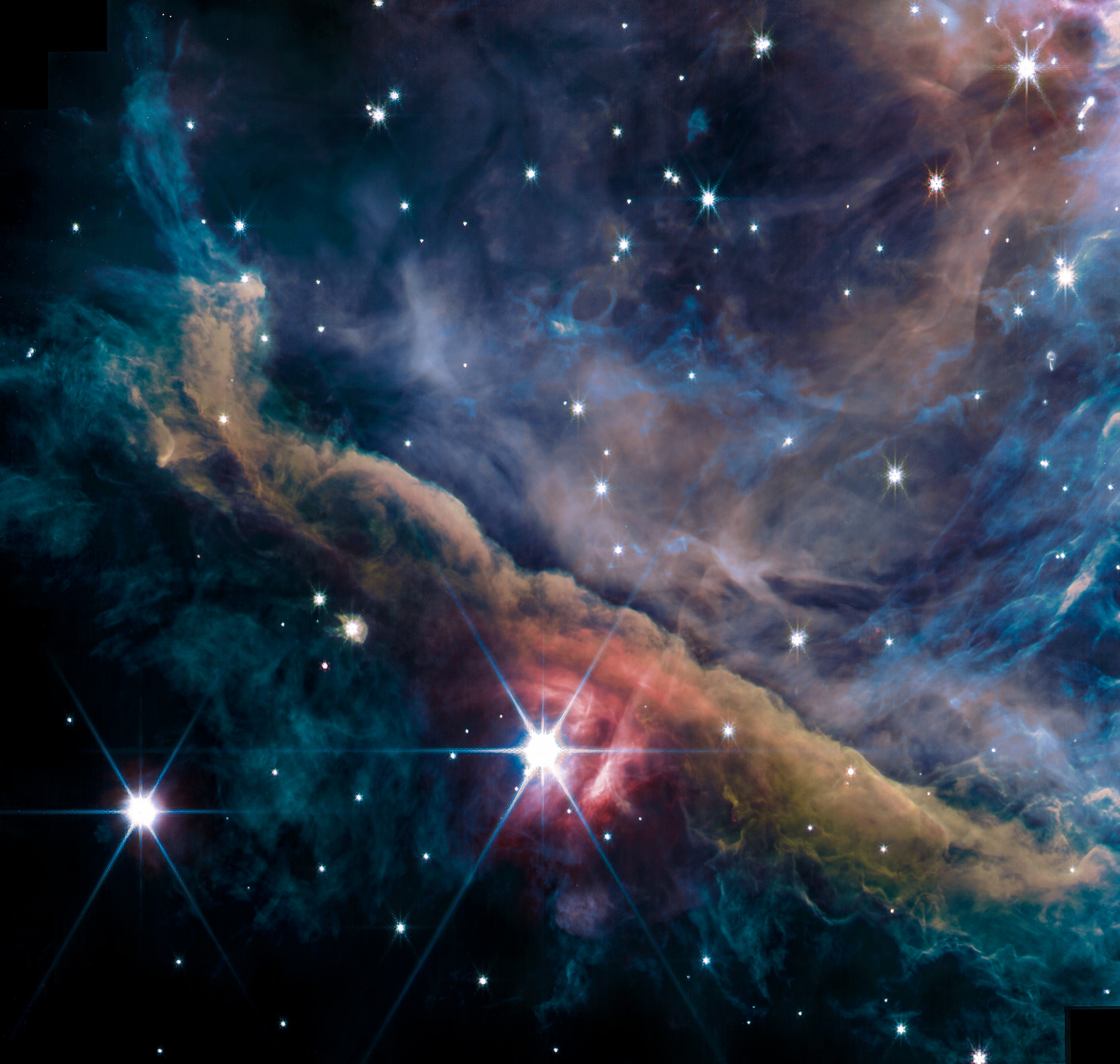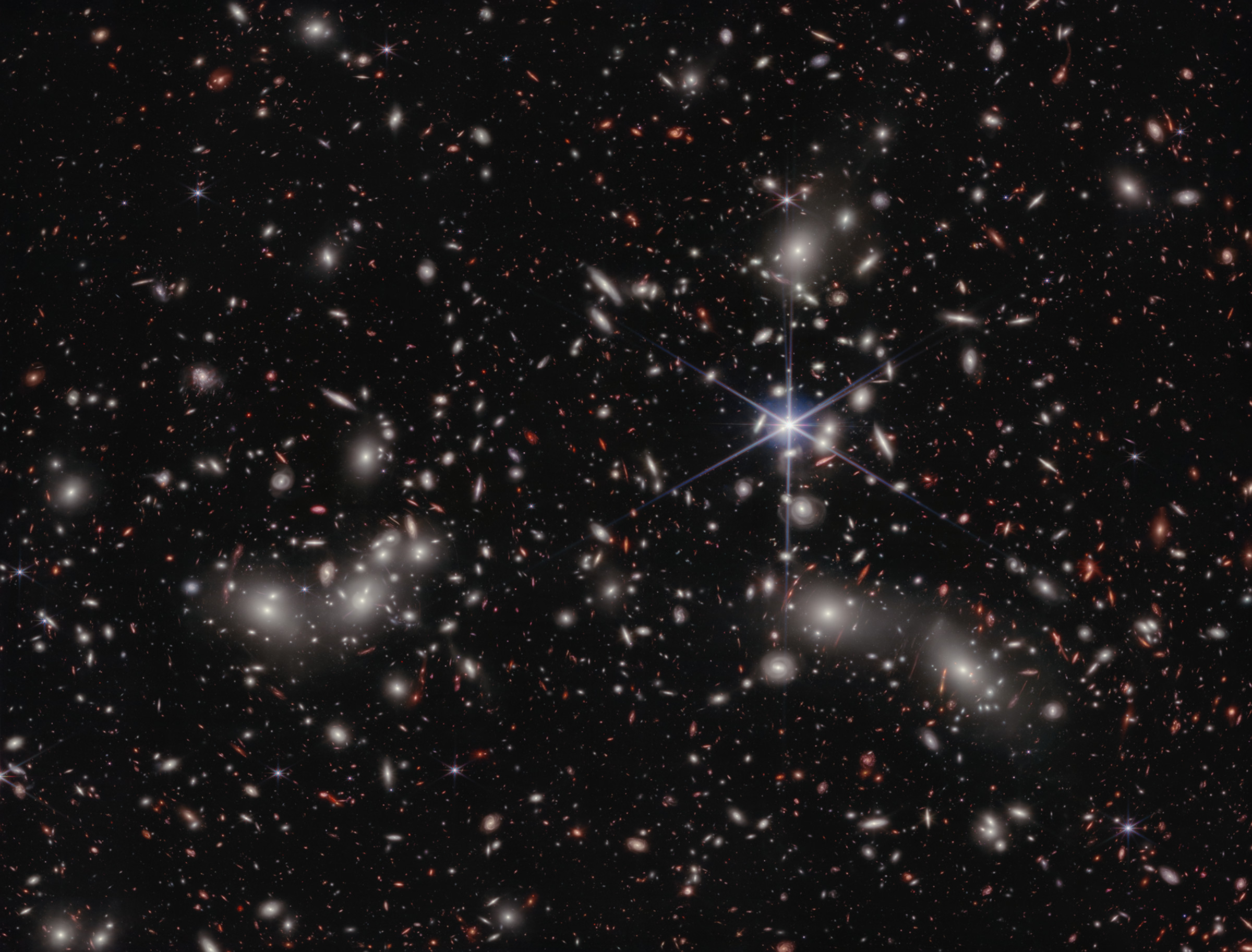For all intents and purposes, the James Webb Space Telescope is a modern marvel. It is the most powerful space telescope that humanity has ever designed and is revolutionizing how we view our universe. In fact, Webb’s revelations have already completely changed how we look at our universe in three major ways.
We can finally see dark matter
Dark matter is the binding agent of our universe, one that humanity still isn’t sure even exists. As such, dark matter has remained one of the biggest mysteries of our universe. But that hasn’t stopped astronomers from looking for answers. And, if Webb’s revelations are anything to go by, we could now have a way to see dark matter within our universe.
It’s a massive development that could literally change how we approach observations of the known (and unknown) universe. While we can’t outright see dark matter just yet, by using James Webb’s powerful instruments, scientists are able to trace the distribution of this important universal compound.
We’re learning more about star formation

How stars form and how they die has been a foundational part of astronomical studies for decades. And, even despite all the iconic images and observations that space telescopes like Hubble have provided, scientists still don’t know everything there is to know about star formation. With Webb’s revelations, though, that is changing.
That’s because Webb can peer deeper and further into our universe than any other telescope out there. Thanks to its unique location and powerful instruments, the telescope is capable of peering through the dust and gasses that surround early forming stars. As such, we’re able to get a better look at star formation than ever before. It’s a complete game-changer.
Webb’s revelations changed how we think of the early universe

Earlier this year, astronomers reported a unique and intriguing discovery. While peering deep into the early universe, Webb revealed several large galaxies that scientists now believe existed not long after the Big Bang. These galaxies, they claim, are much larger than anything our models predicted for that period. That means Webb’s revelations are completely rewriting what we think of the early universe.
This is no small feat, either, nor one that can be tossed aside quickly. By having a better understanding of the early universe, we can learn more about galaxy formation, which could help unlock important details astronomers have been searching for decades to find.








